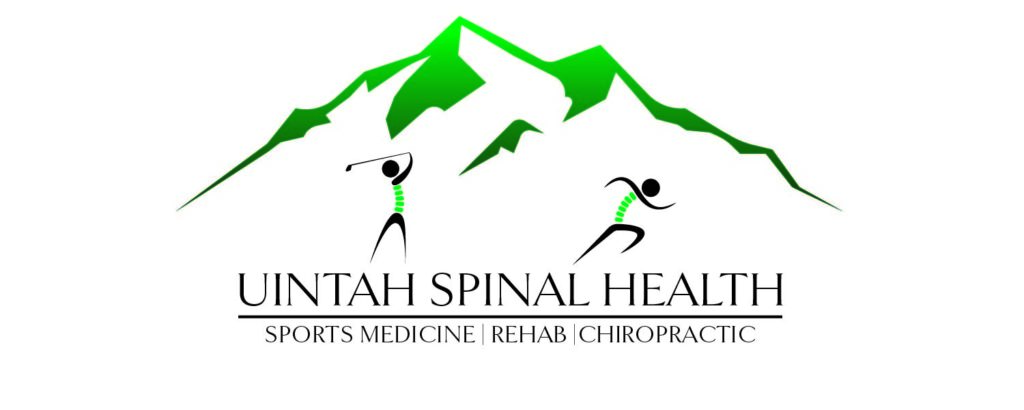Low Back Exercises:
Now that we’ve talked about what could be causing your back pain, now let’s talk about what you can do about it. We’ve all tried tylenol or advil to help alleviate the back pain, but too often we rely on that and then once that stops working we don’t know where to go. Guess what, you don’t have to just put up and deal with it like when schools have a “snow day” on a normal day. There are a lot of things that you can do on your own to treat your back pain. There are two key points that I talk to everyone about to take care of their own back.
- Apply spine sparing activities to your daily life.
These strategies are there to help protect your spine so that your spine doesn’t have to do more work than is necessary. Bending too much with your spine and not with your hips or lifting objects in awkward positions are just two examples. It’s like asking Shaq to shoot 3’s on the court instead of putting him down on the block where he was an absolute monster and no one could stop him.
These strategies are:
- Hip Hinge in all daily activities
-
- Sitting
- Lifting
- Brushing teeth
- Changing a baby’s diaper
Keep the spine upright by hinging from the hips as you bend your knees. Use a broomstick to tell you if you’re keeping your spine straight. Three points of your spine should be in contact with the stick at all times. Your head, between your shoulder blades and just below your pant line. Follow this link to see me demonstrate and explain the hip hinge.
- Abdominal bracing
When all of your core muscles work together, a “Super Stiffness” occurs, and all three layers of the abdominal wall are activated to protect and stabilize the spine and disc. If you get this down, it’s like having a built-in low back brace. You know those braces that people spend all their money on? You have one already, it was included on your original birthday. Fully functioning and better than those competing companies.
Without bending forward, slightly contract the abdominal muscles (like you are about the get punched in your gut – feel them tighten with one hand). You will feel the lower back muscles contract when you contract your abs and buttocks. Do this throughout your day.
- Sternum Up
Keeping the sternum up automatically sets the body into a good posture and maintains Neutral spine and hip hinging. This will decrease the stress placed on the spine and discs.
- Lift in your power zone
This is the Zone that will optimize lifting strength and injury reduction. A) Bend your elbows at a 90-degree angle and you are in the “primary power zone”. B) Holding the weight/object between anywhere between the shoulders and the hips is acceptable. C) The more you can work in the “Power Zone” the less fatigue placed on your body and more efficient you become.
If you do these, you will become more efficient with your movements. If you don’t you aren’t giving your back time to properly heal, like constantly peeling off a scab it will take longer to heal.
- Spend 20 minutes a day to strengthen your spine.
The next step would be correcting the imbalances of your spine. If you are familiar with lower cross syndrome then you know what those balances are. If not, here is the just of it. We want to strengthen the small stabilizing muscles of your back, your core, and your buttock muscles. We also need to stretch the tight areas. Such as the hips (hip flexors) and the upper back.
Here are some of the best corrective exercises that I would start with. Every exercise has a link that will take you to a video of the exercises. Enjoy!
- Open Book
- Dead-bug
- Glute-bridge
- McGill Big 3 (best group of stabilizing muscles tested – researched)
- Bird-dog
- Modified curl up
- Side plank
- Front plank (goal – hold for up to 4 minutes)
- Single leg glute bridge (just do one leg at a time – raise one foot off the floor)
- Lazy man push up
- Hip flexor stretch
- Hip 90/90 stretch
- Kneeling hip hinge
- SLDL
If you are doing this on your own here is what I would do. Pick 3-4 of these exercises, do 8-10 reps of each exercise and repeat that 3 times. So if I chose 1) McGill big 3 2) hip 90/90 stretch and 3) single leg glute bridge. I would do 8 reps of the the McGill Big 3 exercises, 8 reps of the hip 90/90 stretch and 8 reps of the glute bridge exercise that would be 1-cycle. I would repeat that and do a total of 3-cycles. The next day I would choose 3 new exercises. Spend 15-20 minutes/day. Your back deserves that time.
If these aren’t working then you need to have a trained professional take a look at your back and movement so you can get a more tailored and specific treatment to help you along the way. We love helping others reach their goals and getting back to what they love most. Schedule a time to come see us and we’ll help you out.
